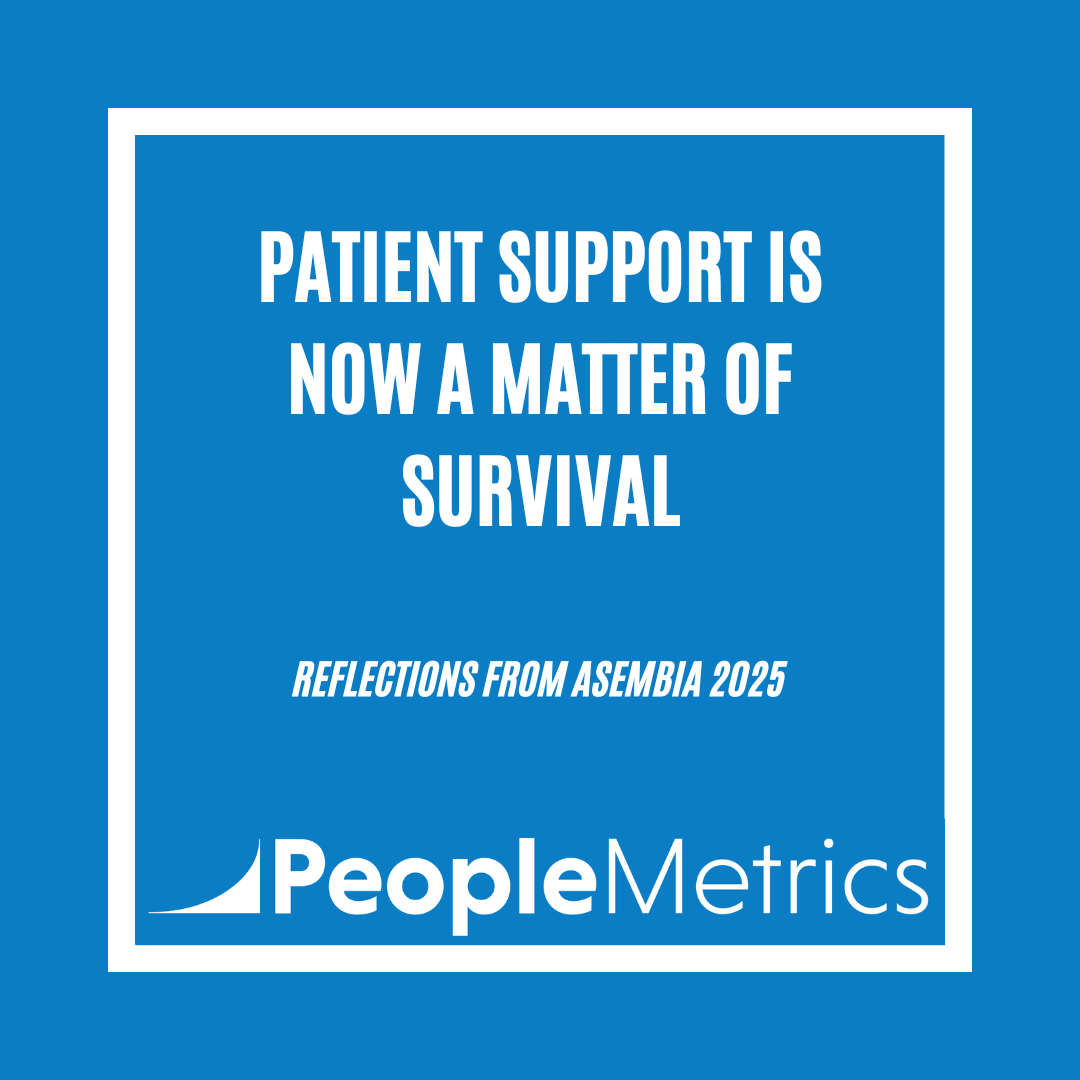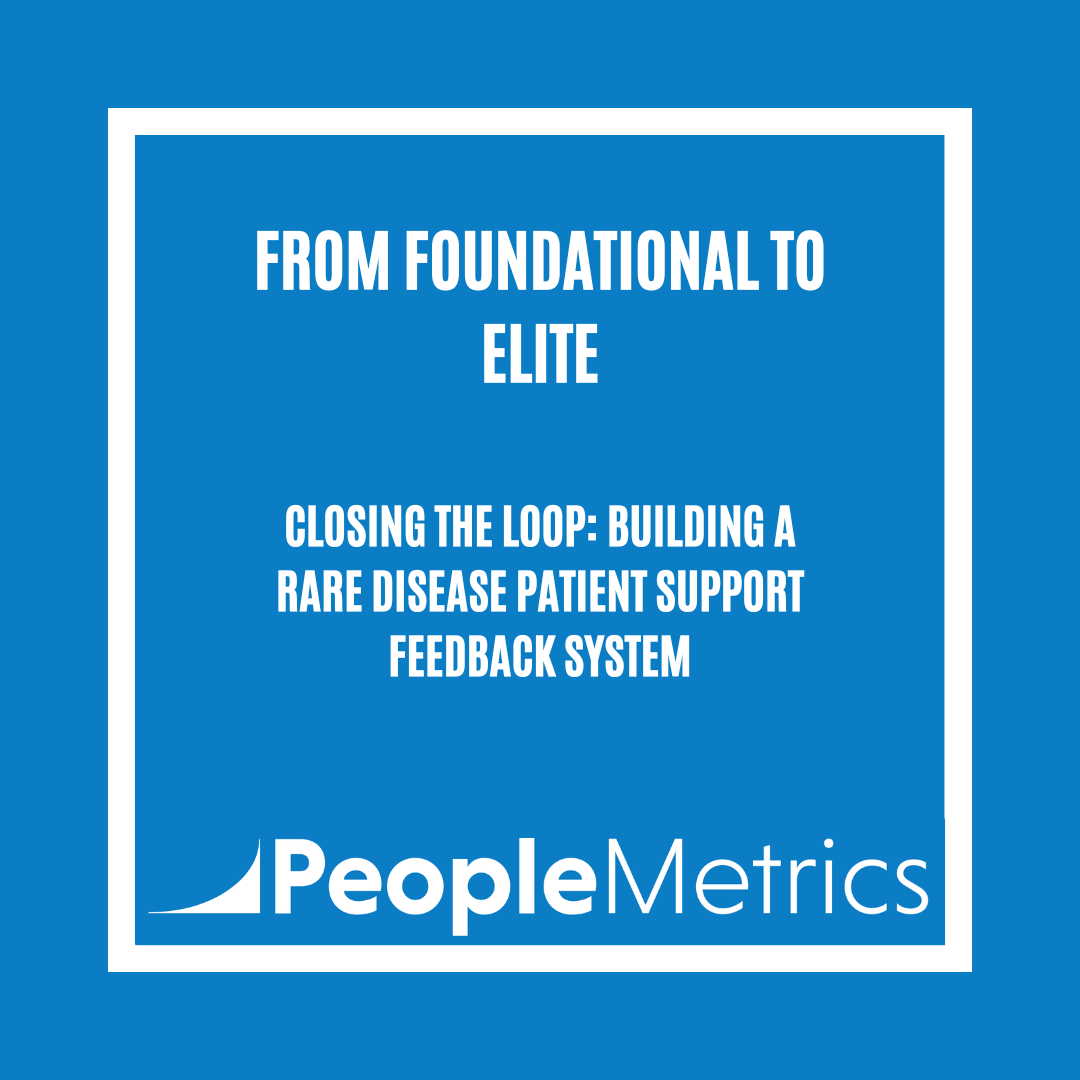Designing, measuring, and improving patient experience in clinical trials should be the standard process, one that requires no further justification. Making the patient experience better not only shows respect for patients and their time, but it can also help facilitate stronger relationships between them, your organization, and all other involved stakeholders.
Of course, from a practical viewpoint, patient engagement initiatives are a financial investment, and for any investment, tracking ROI is a necessity.
But how do you quantify the value of patient experience? For example, what difference does a customer-service oriented research nurse at a trial site make to metrics like enrollment and retention?
This article will explore how a PX system can help you answer this question and improve your patients’ experience in clinical trials. We’ll dive into:
- What is patient experience?
- Why is understanding the patient experience in clinical trials important?
- What is pharma doing to support patient experience in clinical trials now?
- 3 Patient Experience Factors to Consider
- Tracking Patient Experience Success
Ultimately, while there are many reasons why your organization should seek to continuously improve patient experience, the main reason will always be that it is simply the right thing to do. Let’s explain why this is the case by first defining what patient experience is.
What is patient experience (PX)?
In a clinical trials setting, patient experience consists of all the interactions patients have with the trial from the beginning to the end of the program they’re participating in. This consists of the interactions they have with staff at the site of the clinical trials, how staff respond to patient concerns, and how continued communication is conducted.
Patient experience is ultimately shaped by a pharma company’s culture, organizational practices, communication with clinicians, and ability to respond to patient feedback. As such, patient experience can also be used to define the specific programs pharma companies create to facilitate better interactions with patients.
Patient experience is closely related to the concept of customer experience (CX), a business principle and process that involves driving continuous improvements through feedback collection. For more context on how both the PX and CX process work, learn more with our complete guide.
Why is understanding the patient experience in clinical trials important?
When your pharma company understands the experiences your patients have in clinical trials, you’ll be better able to respond to their needs, create a more positive environment, and provide solutions when problems arise.
Specifically, implementing a patient experience program that creates an established framework for gathering patient feedback can provide a number of benefits. These include:
- Improved patient recruitment and retention. Patients who are treated with empathy and feel their concerns are being heard are more likely to first join and then stick with a clinical trial program.
- Fewer delays due to patient dropout. When more patients stay with your clinical trial, you will experience fewer delays due to extended recruitment periods caused by patient dropout.
- More referrals for future studies. Patients who had a positive experience during your clinical trials may join your promoter network and refer their friends and family to other applicable trials being sponsored or conducted by your organization.
- More underserved patients in clinical trials. Recruiting diverse and underserved patients can be a challenge, so ensure your patient experience isn’t another obstacle in that process. When you do get underserved patients in a trial, a positive experience can help increase their trust in the process and help retain them for the duration of your trial.
Of course, above all, the number one reason why you should seek to understand and improve the patient experience is that it is the right thing to do. Patients in clinical trials often have to travel, take time off work, or experience other difficulties in order to participate. To show your appreciation, you should always strive to show each patient empathy and make their experience in your clinical trials as frictionless as possible.
What is pharma doing to support patient experience in clinical trials now?
Forward-thinking pharma companies recognize that when evaluating ROI on the patient experience, they need to think beyond finances. Patient experience impacts their reputation in their industry, as well as overall public brand trust.
Reports show that public trust in the pharmaceutical sector has risen in the past few years—rising from 55% in January 2020 to 61% at the start of 2022. This number is still low, but pharma companies are increasingly learning to view patient experience as one of the primary ways they can invest in their brand and reputation.
Many companies have started to actively listen to and act on the Voice of the Patient (VoP).
In the clinical trial space, clinical teams are working to change conversations around patient experience from “what we subjected patients to” and “what we occasionally got patient input on” to “what we co-created with patients” and “how the patient’s voice is vital to better clinical trial outcomes.”
3 Patient Experience Factors to Consider
Patient experience consists of a number of factors, the importance of which can vary depending on how your clinical trials are run. As a PX measurement company, here are three factors that we believe can be especially important for patient experience:
The research nurse at the trial site is the face of patient experience.
Many individuals besides patients are involved in a clinical trial, such as the study sponsor, CRO, country manager, site manager, investigator, study coordinator, and so on.
However, it is ultimately the research nurse or coordinator who is the point person for patients. They serve as the face of the trial, represent the sponsor, and put your patient experience protocol into action.
Research nurses and coordinators manage the relationship with the patient, and the feedback from these audiences is an important component of a holistic PX measurement program. To drive patient retention and improve patient experience, invest in training your research nurses and coordinators in customer service skills and feedback collection.
Caregiver feedback matters.
Caregivers are often the unsung heroes in a patient’s clinical trial journey. They help shuttle patients to and from the site of care, they are the person who supports the patient when they enroll, encourages them to continue, and sits with them while they receive treatment.
This means caregivers are an often overlooked but important part of the retention equation. Feedback from them should be part of a comprehensive PX feedback measurement program.
PX measurement needs to be patient-friendly.
Having made the decision to gather patient feedback, it is important to consider how and when this feedback should be collected. While surveys are a great way to do this from a quantification perspective, this only applies if they are patient-friendly—short, simple, with focused actionable questions.
The goal should be to collect feedback related to the experience rather than detailed scientific data. Hard data can be collected and addressed through a different approach, such as interviews with assisting doctors.
Tracking Patient Experience Success
From our perspective, asking patients and caregivers for feedback throughout the trial is an opportunity for pharma to reach out and stay connected with patients.
Yes, some feedback might not be able to be acted upon immediately. But feedback like satisfaction with a trial site, perceptions of the trial visit, and whether patients feel respected through the process can be acted upon. Over time, these responses can be linked to metrics like retention.
Measuring patient experience in clinical trials is fast becoming best practice. Knowing how well your clinical trials handle controllable attributes and having the processes in place to take corrective action when needed can make all the difference to patient experience and retention.
To ensure you have the tools to listen to the voices of your patients, consider investing in patient experience software. The right solution can help design custom surveys to fit your clinical trials, create automatic alerts in response to negative feedback to allow your staff to act quickly to resolve the situation, and ensure you have an established framework for not just collecting patient feedback but putting it to use.
Discover how PeopleMetrics can help your organization monitor and improve the patient experience with comprehensive PX software. Contact PeopleMetrics to learn more.
Learning More
Improving the patient experience in clinical trials requires listening to patients, interrogating your trial practices, and ensuring you have a framework in place that facilitates gathering and responding to feedback. When proper tools are put in place, your pharma company can work to create a frictionless experience for both your customers and your staff where problems are quickly identified and resolved.
To learn more about the factors behind patient experience, how to measure patient experience, and what best practices you put in place to improve patient experience, try exploring these resources:
- Pharma CX: The Complete Overview for Game-Changing Results. Interested in learning more about the customer experience in pharma? Start your research with this complete guide.
- Are Your Patients Prepared for Treatment? A Simple 5-Step Framework for Gathering Patient Feedback. Explore what you can do for patients throughout the treatment process to ensure you’re gathering feedback effectively.
- What to Do When a Patient Has a Bad Experience with Patient Support Services. Bad experiences happen. What matters is how you respond to them. Learn how to handle bad patient experiences in this guide.





